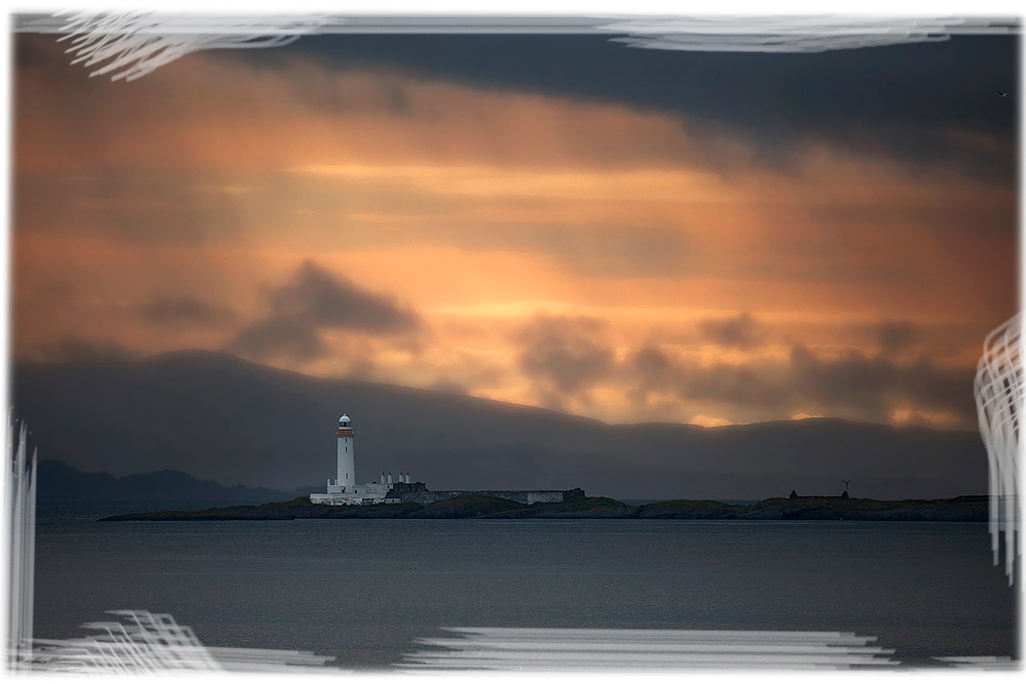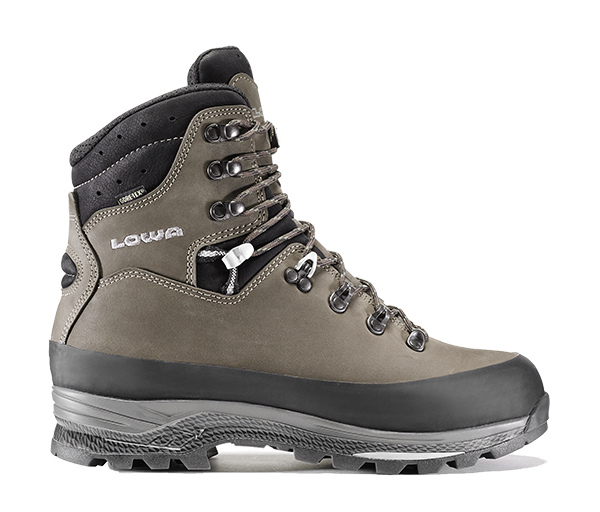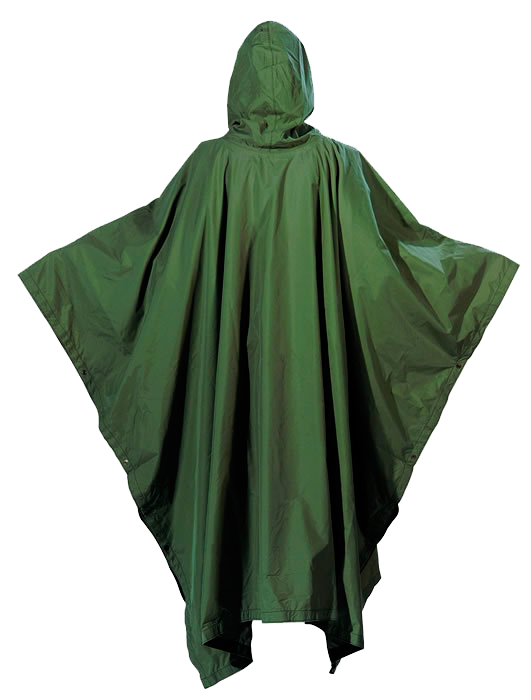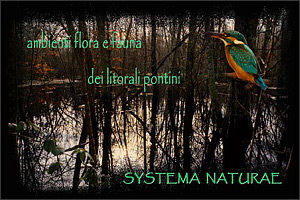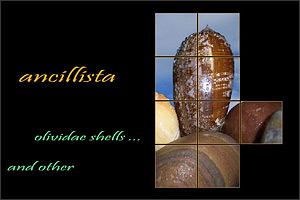 |
Mull Island is one of the largest Scottish islands and is part of the inner Hebrides along with her sister Sky a little further north. It is a place that fully reflects the collective cognition of Scotland and the British countries in general. And indeed the atmosphere you breathe here is extremely relaxing and also the relationship with the locals is far more than friendly. The island has an area of about 900 sq km, more or less like the province of Naples, and a population of about 2,700 inhabitants. What makes Mull an island extremely interesting is that over the years it has become a laboratory for the protection and conservation of many animal species such as the otter, sea eagle, the golden eagle, the noble deer. All these animals have been subjected to very serious projects for their protection and safeguard. Today, the populations of these animals are steadily increasing because the hunt that had devastated them in the past was strongly restricted and regulated.
On the island it's really easy to photograph these and many other animals like a large number of seabirds such as gannets, skuas, guillemots, fulmars etc, that hundreds of thousands reach the small islands ashore the big island that are easily accessible with private tours as well. All this makes Mull definitely a location for animal photography.
But Mull is not just animals. The landscapes that can be found along its coastline and inland, are truly spectacular and they are immersed, among other things, in a light and a crystal clear atmosphere that will make our photographs particularly sharp.
And let's not forget the quaint little towns and small ports, as well as the genuine and simple cuisine. Enjoy a holiday of nature and relaxation. |
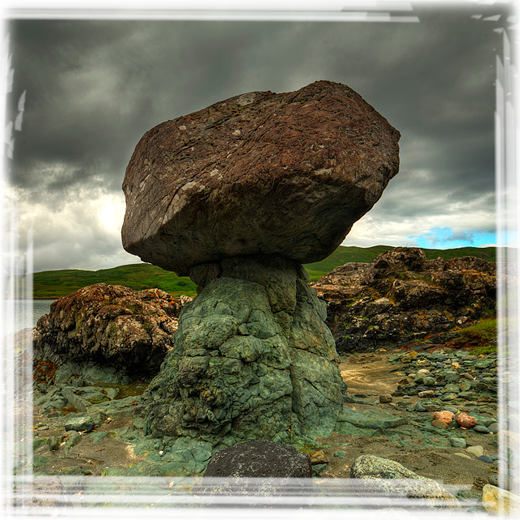 |
 |
The tour will take place entirely on the island of Mull.
Mull is one of the largest islands (exactly the fourth in Scotland) and has a resident population of around 2.700 inhabitants. During the stay we can reach, with special guided tours, the smaller islands of Staffa and Lunga where we can observe (and photograph) the colonies of Guillemots, Gannets and Puffins. We will go inside the island and along its coasts to immortalise bays and breathtaking landscapes. |
 |
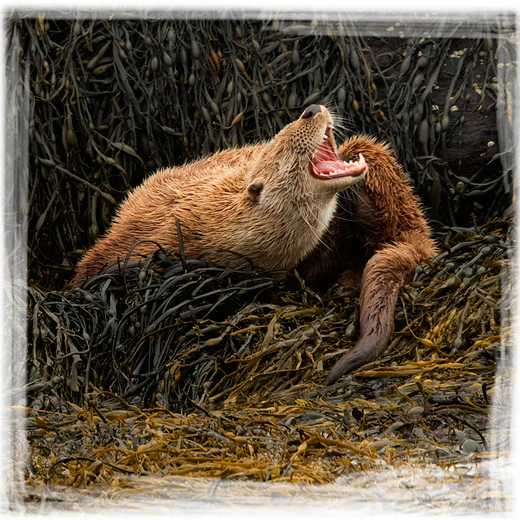 |
| Mull, for the reasons set out above, is a spectacular location for animal photography. Here we will meet, with relative ease, lot of species very difficult to photograph elsewhere. It is for example the case of the sea otter. Knowing the areas that she used to frequent, it will be possible to see her among the algae while consuming its meal based on fish or crustaceans. In this case it will allow us to execute our photographs in complete tranquility. The sea eagle is more elusive but it is good for us that she has its territory around her nest. Deer are a constant presence throughout the island as well as seals. Sea birds are present in the smaller islands of Staffa and Lunga along with many other species. Even from the point of view of the landscape the island is truly spectacular with beaches, almost tropical for the colors of the sea, gulfs, fjords, prairies and inland mountains, all immersed in an atmosphere and in a totally crystalline and particular light that will not that enhance our shots giving them a distinct clarity and contrast. |
 |
|
 |
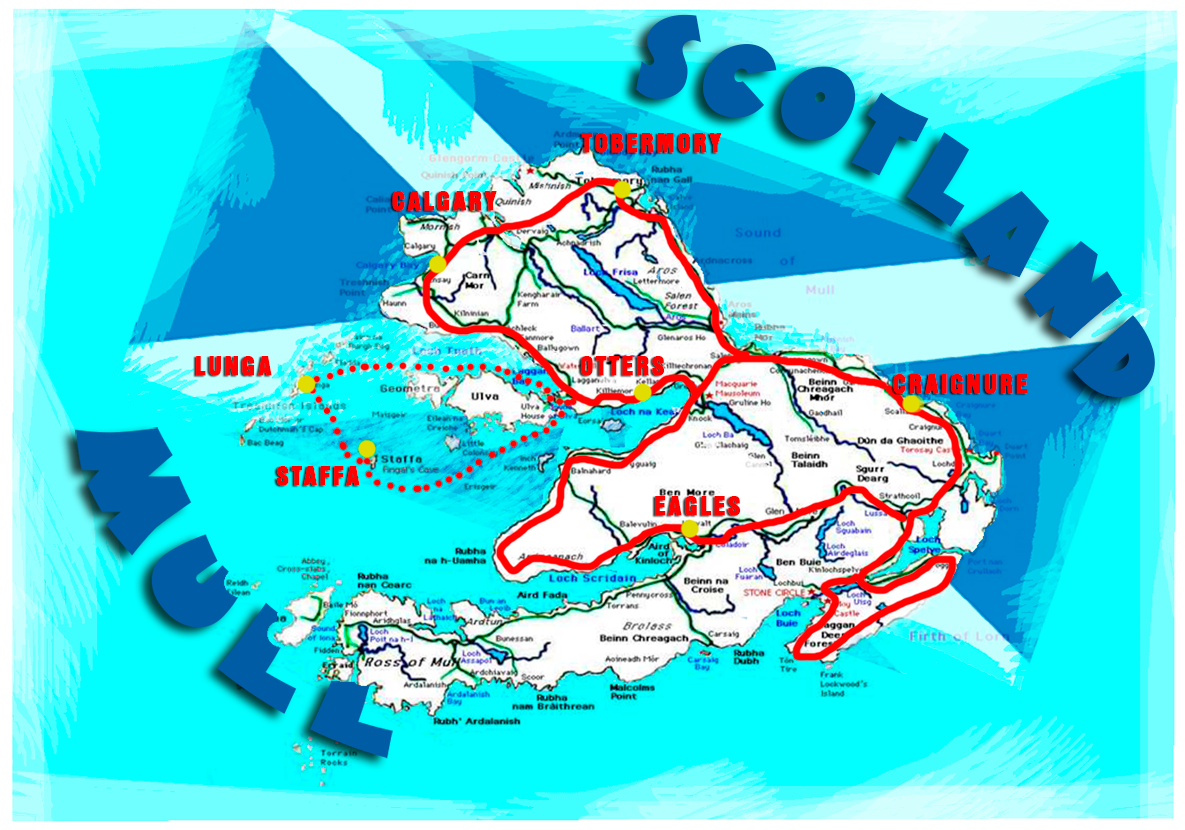 |
| The Isle of Mull (Mule in Galeic) is located in the west of Scotland. It is part of what know as the Hebrides Islands and in particular, together with the twin sister Sky, which is slightly further north, and together with their corollary of islands and islets, constitutes the internal Hebrides. It has an area of about 900 square kilometers, roughly an average Italian city like Bologna, and a resident population of about 2700 inhabitants, so it can be said that it is sparsely populated. The main activities, in addition to fishing, are agriculture and pastoralism. Along its western edge there are a number of smaller islands such as Ulva, Iona, Staffa, Lunga and many others that are the subject of massive visits to the amount of seabirds (Puffin, Guillemots, Gannets) that nest here. |

|
|
 |
 |
The climate in Mull
There is a saying that states that in Scotland it is possible to see all 4 seasons in a day. And indeed the fundamental characteristic of the climate in this country is unpredictability. Mull, compared to the rest of the country, benefits from the mitigating power of the sea (we must think that these waters are lapped in some way by the last shores of the warm Gulf Stream). Summers here are usually mild, with a temperature that can reach, sometimes, 19-20° in July and August. It is in the summer that the Scottish landscapes give their best, with the green grass, the blue sky, the flowers. And it is precisely in the summer that, of course, the country is stormed by tourists, especially in the month of August, when visitors arrive in greater numbers. Spring is also a good time to visit Scotland. In particular, the month of May, when nature starts to bloom, the first colors stand out against the still dry vegetation of winter and above all tourists are still few, it is statistically the least rainy of the year.
|
|

|

|
|
The climate and photography
We will not find particularly harsh temperatures. We will not even have much dust. What we will find in abundance will be water in all its forms. In particular we will have to defend ourselves from:
Condensation - especially at night and in the dawns
Water spray - it will be everywhere on both the waterfalls we will see and especially on the coasts and beaches.
Furthermore, one of our enemies will be the wind. Mull is a wind island. The wind will disturb us because it will give us problems in the photographic phase and because it will lower the temperatures.
In view of all this, a plastic cover is recommended to protect the equipment during the operating phases, as specified in the actual section of the equipment.
|
How to dress
In theory the climate in this part of Scotland and in this period should not be very cold.
In practice, we are on a island and in a place where the winds make it master. So the clothing will have to be winter and heavy.
We are also very far to the north and it is possible that, if the weather worsens, we could run into rather cold days. The best advice is always to provide a "layered" clothing (so to speak "onion").
Some advice on clothing analytically:
Inner T-shirts
Do not put in contact with the skin cotton t-shirts:
That's the worst thing we can do. In fact they are soaked with sweat and then freeze on.
It is necessary to use internal thermal t-shirts that allow you to breathe the skin and protect it from the cold.
There is thermal clothing of all kinds: t-shirts, trousers, leotards, socks, gloves etc.
This kind of garment is available at Decathlon and specialized stores. Moreover, as we are in wet and rainy places, all our clothing should have a fundamental characteristic: impermeability.
Trousers:
The most insulating are the so-called "technical" but it is good to check its impermeability because not all are.
Trekking shoes:
The fundamental characteristic beyond the impermea-bility, and the sole that must be well thickened and "tank". Also it is good that they are of the high type and that the closure is more hermetic as possible. The best are those in GoreTex.
Sweaters:
The most insulating in absolute are those of Pile. The ideal would be to have a couple of different heaviness.
Gaiter:
Very useful because it seals the space between the bust and the neck which is always a critical point.
K way:
A garment that must not be missing is a K-Way or a light raincoat.
The island of Mull is a place of water and there will be a lot of steam from the waterfalls and the rain. So you will need to protect yourself well.
Umbrella
A small foldable umbrella is recommended.
Poncho
It is very practical because it takes up little space and allows us, if necessary, to protect the equipment as well. |
|
 |
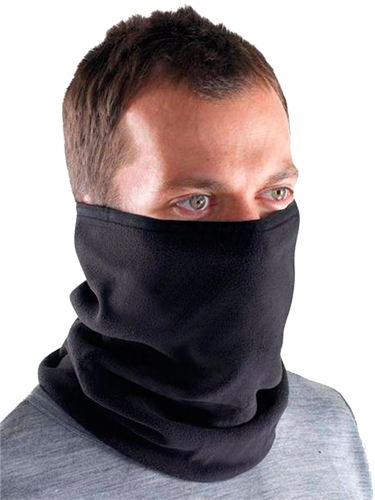 |
| K-way |
Scaldacollo |
| Scarponcini impermeabili |
Poncho |

|
|
 |
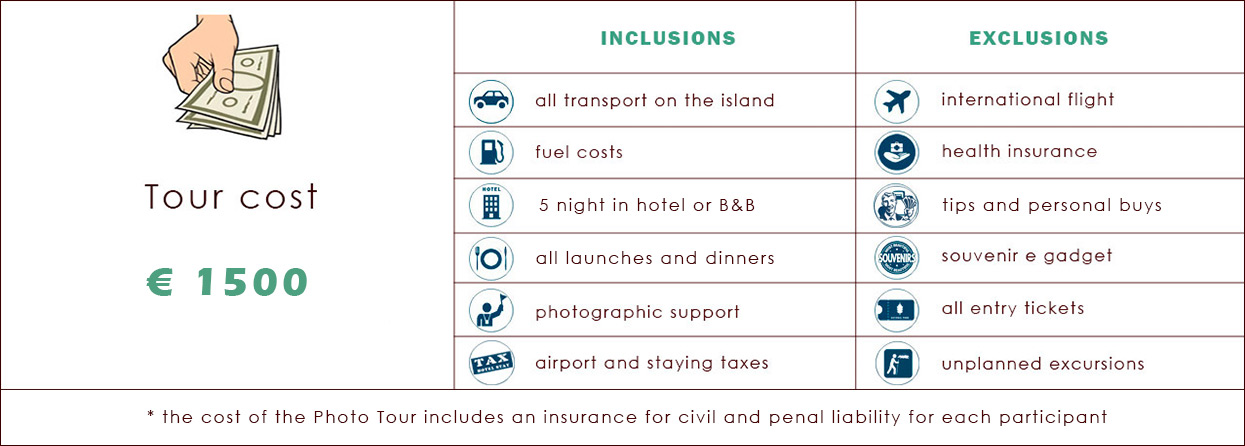
| STATO DELLE PRENOTAZIONI |
| P1 |
guide |
P4 |
free |
P7 |
free |
|
|
| P2 |
free |
P5 |
free |
P8 |
free |
|
|
| P3 |
free |
P6 |
free |
P9 |
free |
|
|
|

Voluntary drivers
As a mini van will be rent for travel, we will need to indicate a second driver in addition to the driver of Adventure Photo Tour. The participant who will propose for this task will receive a discount of € 150 on the cost of travel. Presumably he will never have to drive but for any eventuality he will have to give his availability after signing a declaration. The guide in Iceland does not present particular difficulties because the spaces are immense and the cars are few. A bit of effort is required only in any off-road. |
|

Healt Insurance & Release
It is strongly recommended to stipulate a health insurance valid for the country in which you go. This regardless of the type or difficulty of the trip. Participants can take out their own insurance or take advantage of the insurance plan proposed by Adventure. The cost of the insurance is not included in the cost of the tour.
All participants will be subjected to a (compulsory) release that releases the organization from health responsibilities.
|
|
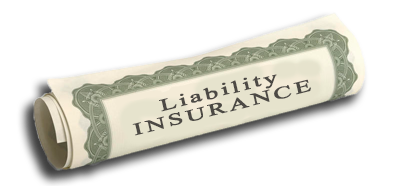
Civil and Penal Liability Insurance
For each of the participants of the Adventure Photo Tour, a Civil and Penal Responsibility Insurance is stipulated, the details of which are indicated in the appropriate form accessible from the button below.
|
|
|

|
 |
| Although Scotland is very far north, it does not really have an arctic climate and temperatures are not extreme. This can occur due to the positive influence of the arm farther north than the hot Gulf Stream which mitigates the cold. The enemy number one of our equipment will therefore not be cold but water, especially in the form of moisture (but also of sketches and waves). We will therefore have to protect the equipment with plastic bags or better with the appropriate covers. It is obvious that a tropicalized camera body will leave us much quieter than an entry level commercial. Below is a list of the recommended equipment. |
 |
|
 |
main camera body |
 |
secondary camera body |
 |
wide lens like 16-35 mm or 24-70 mm (landscape) |
 |
tele lens zoom like 70-200 mm or 24-105 mm (landscape details) |
 |
telelens 300 mm + teleconverter 1,5 x (animals and details) |
 |
tripod |
 |
remote camera controller |
 |
strobo |
 |
ND and polarizer filters |
 |
batteries in advance |
|
|
 |
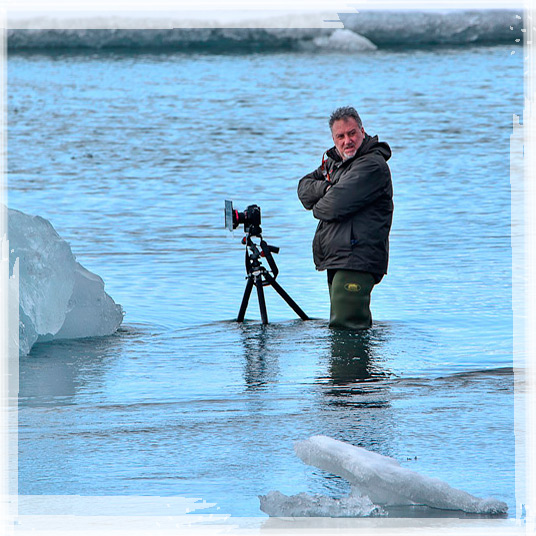
|
|

|
You will be accompanied on this tour by Alberto B. Scalia.
Alberto has a remarkable experience in the countries of northern Europe he has known for many years and he loves absolutely.
He has been a naturalist photographer for many years, has shot the world in search of exclusive landscapes and animals, building an enviable background of enlightenment.
Teacher in naturalistic photography in Latina, engaged in teaching naturalistic themes in schools of all levels, publics and private. Administrator in the organization and curating of international and national events such as exhibitions, photo competitions and cultural events, says about photography: "What the photographer has to have is passion in the experimentation. You should not be afraid to explore different or complicated roads. What pleases me more a beautiful photo taken is to convey the passion I put in that shot to a student who tomorrow will do likewise with someone else. " |
|
|
| |
* Important notice- disclaimer
|
| * |
The itineraries, costs and details of the Photo Tour will be subject to variations for all the causes that are independent of the organization's will, such as natural disasters and consequent flight displacement, variation of rates and taxes, modification of the tour plan etc.
Any variation will however be communicated as soon as possible to the participants. |
| * |
The Photo Tour will subjet to variationsin regardless to the commercial policies of Air Companies and Rental operators.
Every change will be communicated to partecipants with adequate advance. |
| |
|

|
|

























